Mike “Puisheen” Adams — Guitar Whisperer, Offset Fanatic, and Atypical Picker
by Barry Cleveland
Mike Adams (a.k.a. Puisheen) is perhaps best known for his popular gear review and guitar maintenance videos on YouTube—and in case it isn’t obvious when viewing those videos, Adams is an accomplished player who is genuinely passionate about guitaring and harbors what can only be described as an obsession with Fender Jazzmasters. He also has a very unusual musical background.
“My parents reluctantly bought me my first guitar when I was ten years old, and that same year I became preoccupied with Back to the Future and learned to play ‘Johnny B. Goode’ based on Michael J Fox’s hand movements,” explains Adams. “From there I kept absorbing everything that I could sneak a listen to, because it was a very religious household and I wasn’t allowed to have proper CDs or anything. A lot of what I learned to play came from Weird Al Yankovic, because for some reason comedy was okay, so instead of Aerosmith’s ‘Livin’ on the Edge’ I learned ‘Livin’ in the Fridge,’ and ‘Smells Like Nirvana’ was my first exposure to Nirvana.”
Once no longer constrained by his familial apron strings, Adams was free to explore actual songs by bands such as Green Day, Smashing Pumpkins, Radiohead, Weezer, and even Tom Petty and the Heartbreakers. In time his musical interests broadened to include Sigur Rós and numerous other less-conventional bands—and those more adventurous interests are evident in several performance videos he created utilizing the Helix Floor (see below), one of which showcases his mother’s extensive and somewhat creepy doll collection.

Your playing is rooted in punk and heavy rock, but there are other things going on as well. Who are a few guitarists that were formative in your development as a player?
I listened to a lot of Tom Petty and the Heartbreakers, so Petty and Mike Campbell were pretty formative. I remember reading an interview with Campbell years ago in which he said some things that really stuck with me, one of which was that when choosing a guitar and amp pairing, he would base his decision on what Tom was playing. So, if Tom picked a bright guitar into a dark amp, he would do the opposite. That got me thinking about pairing and I eventually settled on this bright guitar and dark amp thing, which sort of led to my love of Jazzmasters and other offset guitars. I also listened to a lot of Weezer, MxPx, and punk rock generally.
Then, around 1999, I heard Sigur Rós and they blew my mind and really changed the way I think about music. Same with Jimmy Eat World. Listening to their Clarity album opened me up to what music could actually be, even in the emo alternative rock genre. You’ve got timpani, you’ve got giant string sections—it’s so massive and beautiful. And then, of course, Wilco with Nels Cline. At the time I was playing a Gibson ES-355 with a Lyre Vibrola tailpiece, and I learned to play all of Nels’ trilling vibrato parts as best I could. But then I finally saw a picture of him and I was like, “What the hell is that thing? What is that weird Fender?” And that got me interested in Jazzmasters.
Are you familiar with Nels Cline’s work outside of Wilco?
Oh yeah. He actually gave me a copy of his Lovers album. But yeah, I’m a big Nels Cline Singers fan, and I’m a big fan of albums like Destroy All Nels Cline. Oh, what a record!
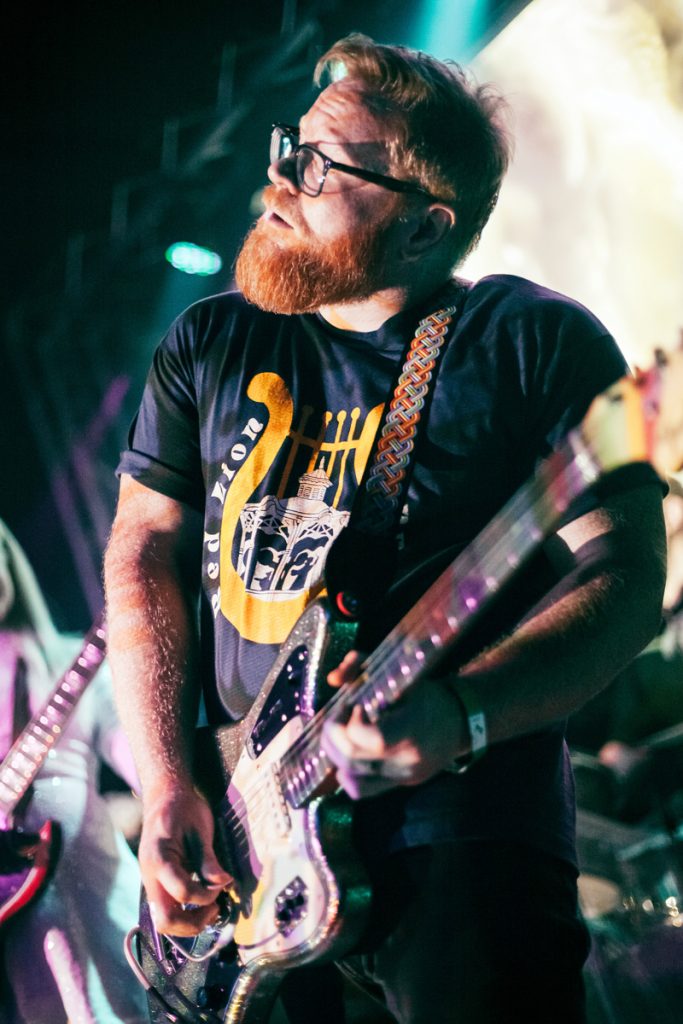
What about Sonic Youth and some of the other folks associated with offset guitars?
Of course, but I didn’t come to Sonic Youth until later on. I was playing catch up eternally as far as music was concerned.
What is it about offset guitars that you find so compelling?
As I said, I came up playing Gibson guitars. I had a Les Paul, a 1969 SG, and a 1977 ES-355. The SG and the 355 both had Lyre Vibrolas, and I cut my teeth as a vibrato user on those two guitars. Then, in 2010, I discovered the Jazzmaster. I’d worked on a couple of them previously, but I didn’t get what they were about. It finally struck me that the Jazzmaster was one of the most Gibson-like Fender guitars, with its two pickups, toggle switch, and an additional tone circuit like on a 355. So, it was kind of familiar in that sense, and the offset vibrato is the most dependable, stable, non-locking vibrato out there when it’s set up correctly.
The length of string behind the bridge is also a big factor. Setting up the guitars so that I can pluck back there was a huge revelation to me, and all Jazzmasters are a little different in that regard. They have a 25.5″ scale length, but sometimes it’s a little shorter or a little longer, and there are also slight differences in the vibrato positioning, so you can get different notes out of all of them, and that’s endlessly exciting to me. And then there are the pickups, which have such a wide sonic palette available that they really encourage you to use the Tone control. They can be extraordinarily bright, but they are also capable of a wide range of deep lows. There’s so much about offset guitars that I really love!
Let’s focus on your playing. You play using your fingers, but not exactly fingerstyle in the usual sense, and you combine them with a flat pick in a hybrid style. You don’t see that from most of the players you cited as influences. Where did that come from?
That’s maybe the coolest question anyone’s ever asked me. Thank you for paying attention to my right hand. A few things happened that led to that. First, I discovered Nickel Creek. Listening to and learning some of their music taught me that my left hand didn’t always need to be perfectly synched with my right hand in the way it had to be when playing punk. With punk, when you’re down stroking and switching chords, it feels like a big box. Nickel Creek taught me about what might be called the “separation of hands.”
Then, while I was in college, Iron & Wine became very popular and I spent two weeks sitting on my bed learning to play “Naked as We Came.” It took that long to force my hands to work in that way. I’d get halfway through and just lose my timing altogether, but eventually I got there. And there was also a guy named Matt Hopper that I saw at a show, and he played this quarter-note-based song that was fingerpicked in a very intricate way. I was totally mystified and decided that I had to learn to play like that. It was a little bit Chet Atkins, a little bit Iron & Wine, and a little bit singer-songwriter-y, and again it took me two weeks to be able to play it.
Learning to play those two songs really kicked me out of my downstroke thing and informed my hybrid picking style. I play with the pick, but also pluck other strings, especially when playing octaves, in which case I often pluck them “claw” style. I don’t really think about what I’m doing until I need to hold a bass note, form a chord under that, and play some tinkly things. I’m not sure what the correct terminology is.
Tinkly works. You also do a good bit of rapid tremolo picking. Does that go back to your punk roots?
Definitely, but the first time I recall doing it properly was at a show I played before I’d entered college. I was really frustrated with the sound and so I began intensely digging into the strings on my Les Paul, when it dawned on me it was the sound that I’d been hearing in surf music all the time—and that sent me down another pathway. With the Jazzmaster, in particular, tremolo picking the strings behind the bridge is a very natural part of my repertoire, and tremolo picking generally is something I do quite a lot these days.
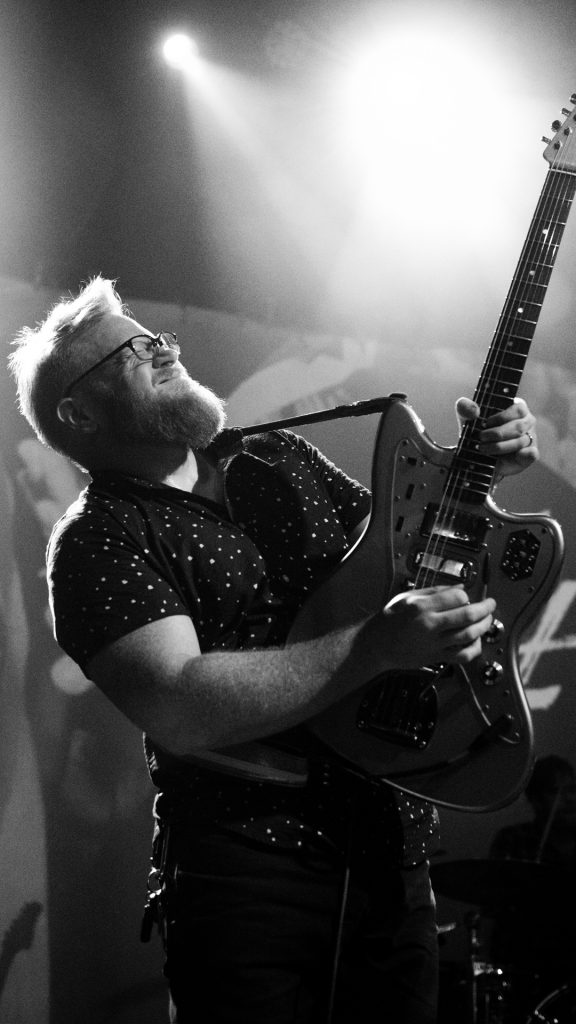
Looping is a key element in some of your performance videos. What loopers do you use and how do you use them?
I don’t do much looping currently, but I’ve used the loopers in both Helix and the DL4 in the past. These days, I mostly just use looping to create pads of noise, rather than looping anything rhythmic. I might pick behind the strings and capture some of that, then reverse the loop, or change the speed, but I haven’t done much conventional looping since my singer-songwriter days.
Speaking of Helix and DL4, what’s your history with Line 6 gear?
My first Line 6 pedal, which I still have, was a DL4 that I bought in 1999. I had an Ibanez AD9 analog delay that I’d borrowed from a friend, but the DL4 opened up my whole world and suddenly I understood the tape echo, digital delay, and other delay sounds I’d been hearing on records. It even had an analog delay setting that sounded a little like the AD9. And, of course, there was the looper, which became one of my favorite practice tools. I also had a Flextone amp at one point, which I thought sounded really good, but I suffer from choice paralysis, so I found myself longing for the days of six knobs and I sold it. Much more recently, I’ve had a Helix Floor and also an HX Stomp, and I’ve been really impressed with how natural the amps sound and feel. The Helix user interface is also a lot easier to use than the interfaces on other modelers I’ve tried.
What are a few of the ways that you use your Helix and HX Stomp?
I use them for a number of things, including practicing, songwriting, recording, and creating my YouTube videos. For example, when I’m working out parts for a recording, I can experiment with all sorts of amps and pedals that I don’t actually have, because so many are built in. And when it comes to shooting videos about guitars, I couldn’t do what I do without HX Stomp, because I can’t use physical amps in the place we are living now.
Many people regard you as an “influencer.” Do you identify with that, and whether you do or not, what do you think that role entails in 2023?
That’s a really interesting question. I don’t think of myself chiefly as an influencer. I think of myself as a musician and a guitar technician and a writer. Those are the things that I actually do and that I spend my time thinking about—but when it comes to the social media landscape, I also don’t bristle at the term influencer the way that some people might.
That said, I still do kind of think of an influencer as someone who shares makeup products and tells you to buy stuff, but I like to think that what I put out into the world engages a little bit more critically with the products that I’m working with, and I think of myself more as an educator in that space than just an influencer, because one of my primary goals is for people to not be afraid of their instruments. For example, many guitarists are unnecessarily intimidated by things like truss rod and bridge adjustments, and I would like them to be able to maintain their instruments, because so much of what goes into making a guitar play better has to do with tiny incremental adjustments.
And in terms of gear reviews, I’m careful to disclose my relationships with manufacturers so that it is clear when I have received a product from a company, and I don’t just say, “Here’s a thing you can buy, so you should go buy it” [laughs]. For example, I made a video about the DL4 MkII that was part of the product launch, but it was because I was interested in that product and wanted to answer questions like, “Do we really need a MkII?” and I concluded that we did.
That’s a long-winded way of saying that it’s fine if people want to call me an influencer!
Mike Adams | “Mother’s Doll Collection” Performance
“My mom has had a collection of dolls on display since I was a kid. They’ve always made me feel unnerved with their glassy, unblinking eyes, and I swear I’ve seen some of them move. Musically, I wanted to create something playful yet eerie, and the carnival-like melodies felt like the perfect mate to the creepy display behind me. All of the guitar sounds were created with Helix and a Yamaha Revstar guitar. I used the Placater amp, the Deluxe Comp compressor, the Horizon and Legendary drives for two levels of gain, and the Poly Wham for the early melody. The Glitch Delay also felt appropriate for this weird piece.”
Mike Adams | “Cold As” Performance
I recorded the actual music inside where it was nice and warm, but the video footage was shot on the deck of my parents’ house in Pennsylvania in December, with snow all around. I played my Jazzmaster-shaped “Vader” Crestor baritone guitar that has a Curtis Novak Thunderbird pickup in the bridge and a Novak Historic 1958 pickup in the neck, along with two illuminated pickup selector switches, and a Mastery bridge with a vector drawing of the Death Star in place of the Mastery logo. The sounds were obviously all made using my Helix.
Mike Adams Performs with the NTX3 Nylon-String Guitar
This was my first time using the Helix, and I combined its effects and looping with my bigger performance and recording pedalboard, on which there was also a DL4. Playing acoustic guitar was also somewhat outside my comfort zone, let alone nylon-string, so I initially found it a bit intimidating—but after working with everything for a while I fell into a familiar musical headspace. The bowing was inspired by guitarist Jón Þór “Jónsi” Birgisson, and the bass part by Georg Hólm, both of Sigur Rós. The Poly Wham provided the moaning low-octave sounds.
Main photo: Ryan Molyneaux

Barry Cleveland is a Los Angeles-based guitarist, recordist, composer, music journalist, and editor-in-chief of Model Citizens, as well as the author of Joe Meek’s Bold Techniques and a contributing editor to Stompbox: 100 Pedals of the World’s Greatest Guitarists. Cleveland served as an editor at Guitar Player magazine for 12 years and has contributed to Tape Op, Recording, Premier Guitar, Reverb, and other publications. He is currently the Marketing Communications Manager at Yamaha Guitar Group. barrycleveland.com
Related posts
By submitting your details you are giving Yamaha Guitar Group informed consent to send you a video series on the Line 6 HX Stomp. We will only send you relevant information. We will never sell your information to any third parties. You can, of course, unsubscribe at any time. View our full privacy policy


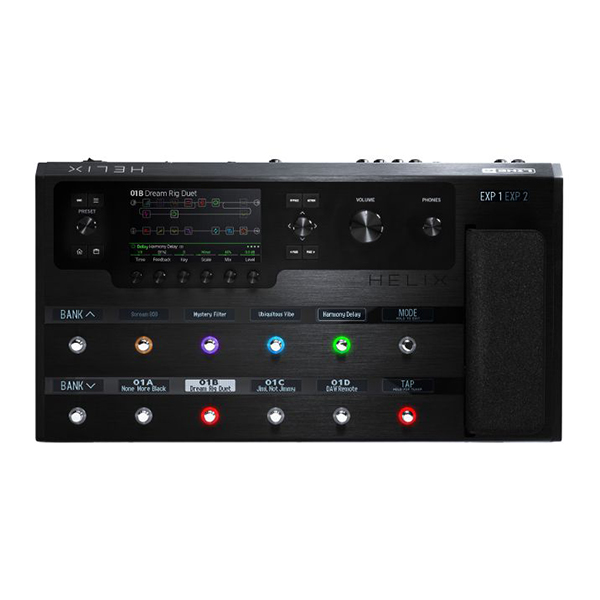
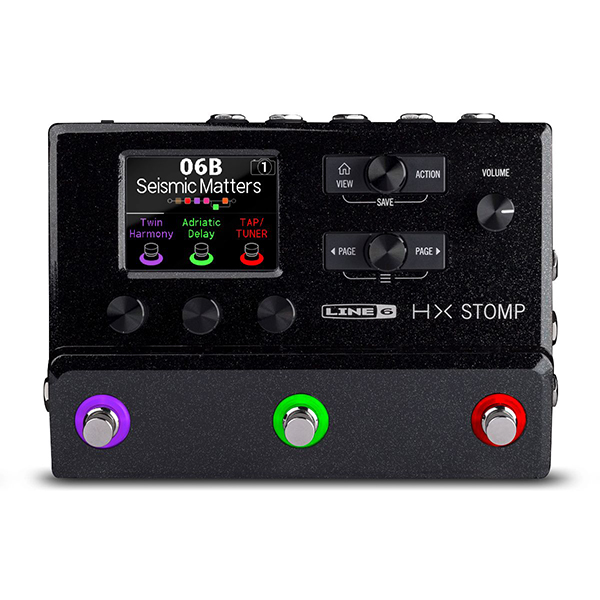
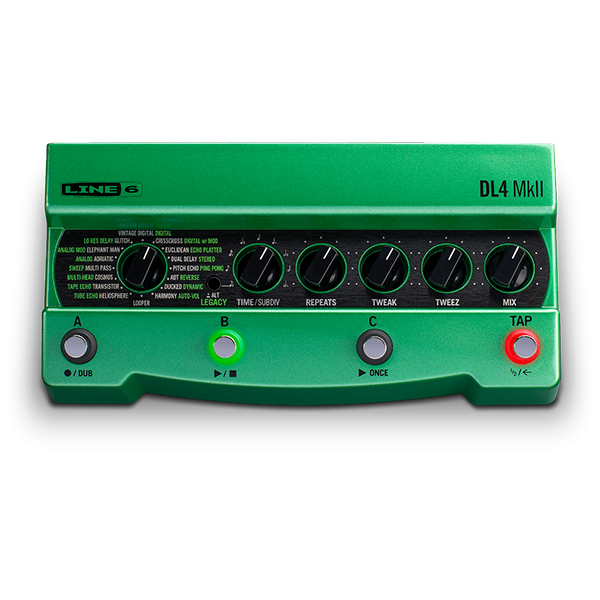
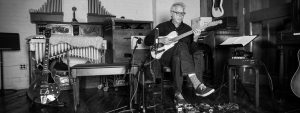


Leave a Reply
You must be logged in to post a comment.